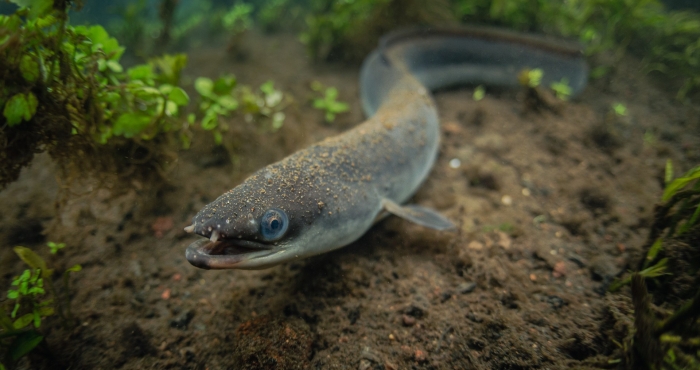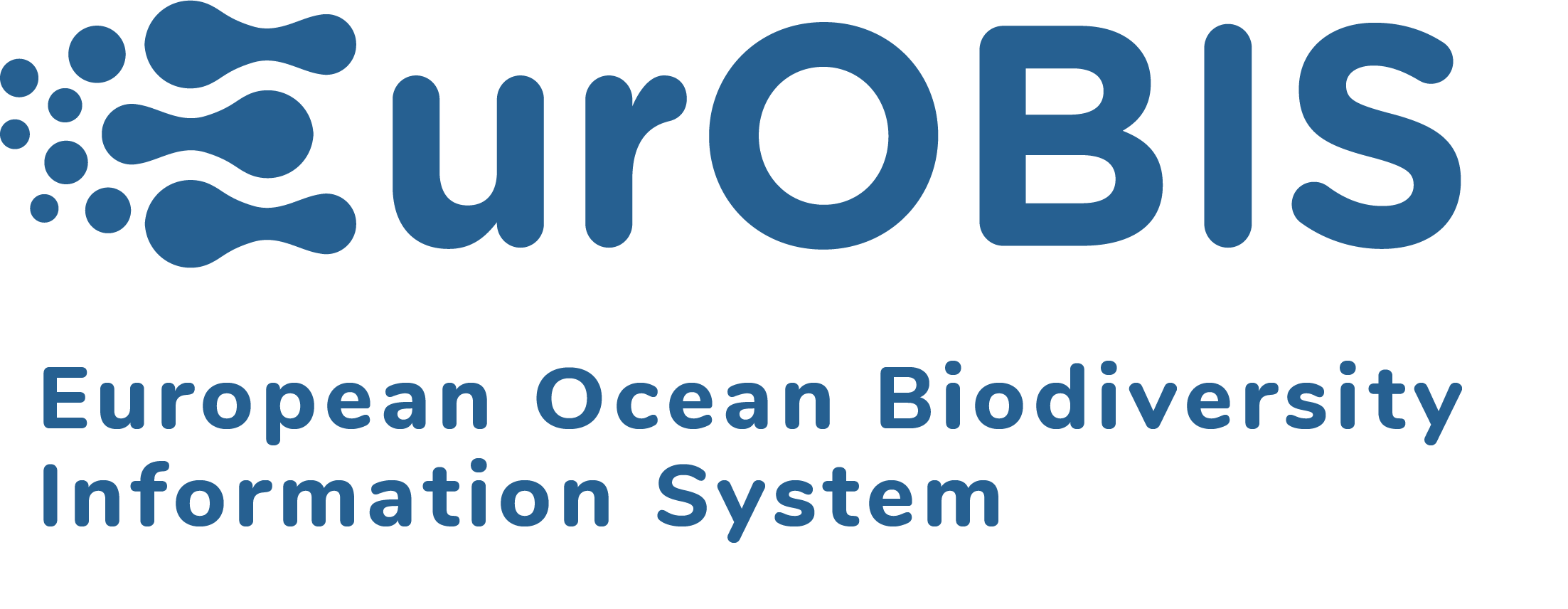
Citizen science
Citizen science is an umbrella term for a variety of ways in which the public participates in science. It is crucial that citizens are actively involved in research, in partnership or in collaboration with scientists or professionals. There is a genuine outcome, e.g. new scientific knowledge, conservation action or policy change.
LifeWatch has a strong citizen science component, by studying marine and coastal biodiversity (‘SeaWatch-B’ & ‘Big Seashell Survey’: at the North Sea coast). On the terrestrial side, citizens are offering their help in halting the spread of the invasive Asian hornet (‘Vespa-Watch’: across Flanders). Furthermore, citizen scientists are involved in the management of LifeWatch infrastructure (such as the camera trap infrastructure).
Citizen science
It makes science more socially relevant. It accelerates and enables production of new scientific knowledge, and increases public awareness about science and ownership of policy making. Citizen science is still predominantly associated with terrestrial projects, and that’s why LifeWatch-Belgium has a special focus on monitoring coastal and marine biodiversity.
Organisms of interest
Although citizen science as a format is not new at all, it is definitely on the rise as a proper tool to support both scientific output and public awareness. By building a ‘community’ of researchers and citizens, a more integrative way of conducting research is being achieved. LifeWatch Belgium (VLIZ) has inspired, trained and consolidated a group of 80-100 citizens at the coast, who are now conducting the ‘SeaWatch-B’ surveys, and actively supports the annual ‘Big Seashell Survey’. Shells, fish, crustaceans, jellyfish and other bottom-dwelling animals are the target organisms in these LifeWatch coastal citizen science projects.
Citizens can be very useful for the management of invasive species. In the Vespa-Watch project, citizens can report their sightings of nests of the invasive Asian hornet (Vespa velutina). Also, citizen scientists can help manage the large amount of sensors within the LifeWatch network. In the camera trap network, some camera traps are assigned to volunteers that check the status of the camera, replace SD-cards and upload the images to Agouti every month. Another type of citizen science tasks include the identification of species, e.g. on the camera trap images that are uploaded on Agouti.
Infrastructure
The major infrastructural help to the SeaWatchers and the citizens participating in the Big Annual Seashell Surveys, comes from the app ‘ObsIdentify’, developed by Natuurpunt (a partner in the Big Annual Seashell Survey). Additionally, for both programs pictures are required in order to test for data quality by experts.
On the camera trap platform Agouti, citizens can also offer their help to annotate images on the platform after registering to a certain project.
Spatial coverage
Both ‘SeaWatch-B’ and the ‘Big Seashell Survey’ cover the entire Belgian coastline (beach and shallow water). The first initiative has twenty citizens (‘SeaWatchers’), each of them monitoring a fixed stretch of beach on a seasonal basis. During the one day event ‘Big Seashell Survey’, the wider public is welcomed at ten stations (one for each coastal municipality).
Data & Services
Related stories
Relevant news
-
A Taxon-Match tool for AlgaeBase, based on the WoRMS Taxon Match 
A Taxon-Match tool for AlgaeBase, based on the WoRMS Taxon Match
A taxon-match tool built on AlgaeBase is now available through the LifeWatch eLab, with the same functionalities as the WoRMS taxon-match tool. -
Tracking sharks in the North Sea for better protection and management 
Tracking sharks in the North Sea for better protection and management
With support from LifeWatch Belgium and the European Tracking Network (ETN), researchers are tagging sharks in the Belgian part of the North Sea to uncover their movements and preferred habitats. Scientists from the Flanders Marine Institute (VLIZ) and the Research Institute for Agriculture, Fisheries and Food (ILVO) lead this work, using LifeWatch infrastructure to collect vital data that will help guide targeted protection and management. -
Fish Don’t Know Borders: Tracking Aquatic Life Across Europe 
Fish Don’t Know Borders: Tracking Aquatic Life Across Europe
Through the European Tracking Network (ETN), LifeWatch Belgium connects researchers who track fish and other aquatic species across borders. Using a shared network of acoustic receivers, scientists follow animal movements from rivers to seas, revealing how aquatic life links ecosystems throughout Europe. -
From Europe to the Atlantic: new insights into eel migration 
From Europe to the Atlantic: new insights into eel migration
European eels are legendary travelers, undertaking journeys of up to 9,000 km to spawn inthe Atlantic Ocean. A groundbreaking study led by LifeWatch researchers has broughttogether tracking data from more than 2,300 eels across 9 countries, revealing howgeography and river barriers shape the timing of this epic migration.






